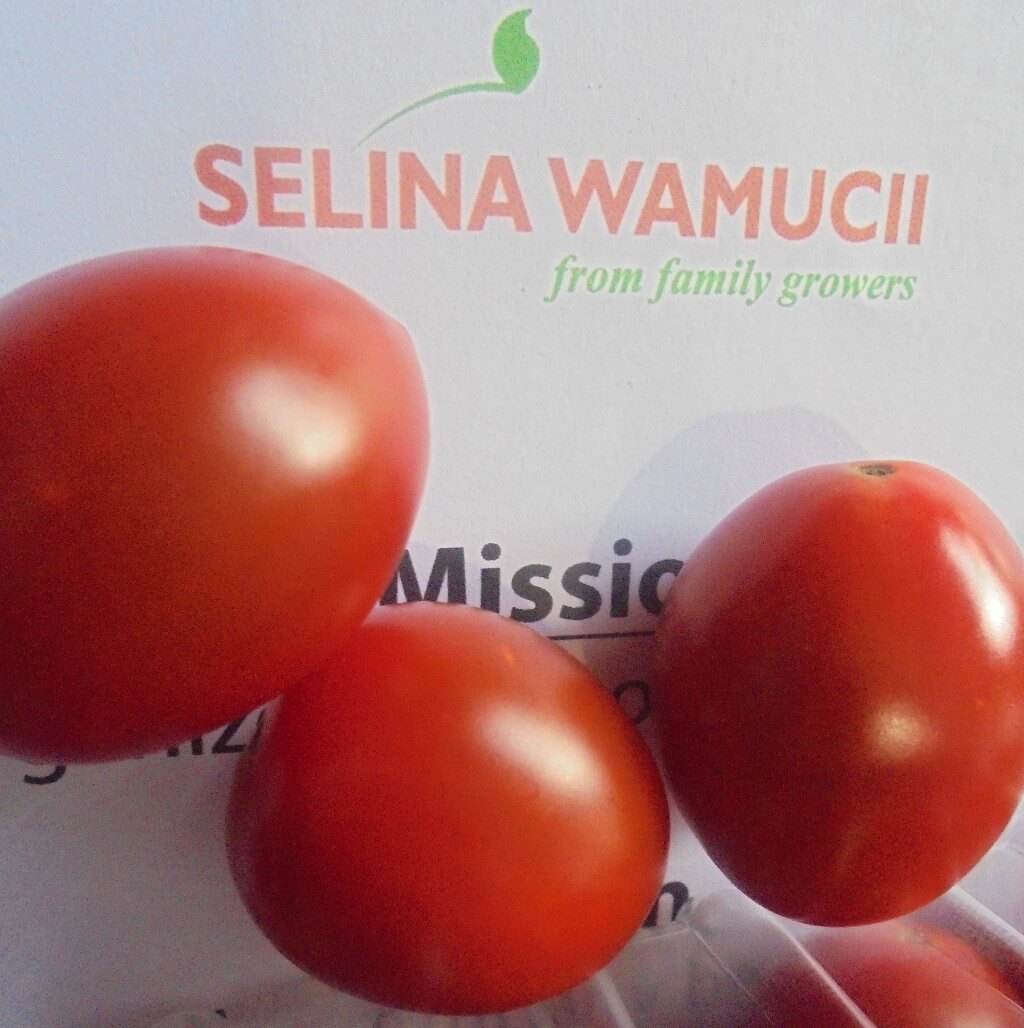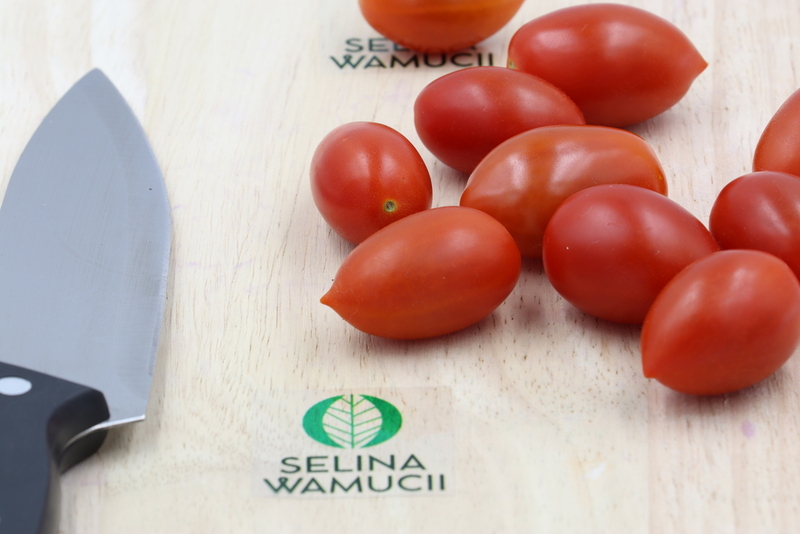Buy Kenya Cherry Tomatoes Directly From Exporters & Suppliers - Best of 2024 Market Prices
Get Instant QuoteSelina Wamucii provides high quality Kenya cherry tomato to the local and export market. We source our Kenya cherry tomato from family growers in Kenya.
If there ever was a plant that grows with no restrictions, then Kenya cherry tomato qualifies for the honor. It can continue to thrive to heights of over ten feet without showing any abatement in growth. The fruits are small with the tiniest being the size of the upper part of a human thumb and the biggest competing in size with a ping ball.

Most cherry tomatoes have a scarlet color though unconventional shades like black and green when ripe still exist. As for recipe, none beats the shortlist to the menu as Kenya cherry tomato because of its ketchup qualities.
Botanically, the Kenya cherry tomato derives from an early mixture of wild and domesticated tomatoes, the ones most people know. The first home of this delicious fruit is Aztec Mexico in the 1400s AD. The yellow variety enjoyed the initial widespread cultivation in Europe in the 1500s. It was not until 1919 that the United States inspired a lasting popularity with the cherry tomato by demanding it in large quantities.
In nutrition, Kenya cherry tomatoes imitate their close cousin, the garden tomato. As early as 1967, many official ketchup menus featuring this fruit had come out in the world. This does not just owe to the sweetness or taste but to a host of minerals, vitamins and fat free composition. Vitamin A in the tomato is quite high as all bright-colored fruits are, thus improving eyesight. The marginal Vitamin C content in the fruit improves immunity against diseases. For those suffering from deficiency of water in the body, there is plenty of Vitamin K in the plant. Due to lack of cholesterol, including it in ketchup or consuming it raw will add health to your heart and add years to your life free of stroke. In addition to monounsaturated fat, there is about 1.3g of proteins, 20mg of Vitamin C and 1.8g worth of fiber per cup, meaning taking it daily can boost your overall health.
The best areas to grow tomatoes are those with sufficient direct solar that reduces the impact of frost, one of the few diseases that exterminate further unrestricted growth. Normally, the orange to yellow and red color of cherry tomato owes to about 8 hours of sunlight that the plant needs, on a daily basis.
Planting in a cage that conforms to more height than width, since the cherry tomato is a vine-like plant in need of more height than girth, is essential. Cages range from readymade cans with aerated openings and also homemade mesh wire types. For the latter you incise holes of about a quarter or half an inch on the sides, especially at the ground level to increase removal of water when it is in excess. The cages allow the plant to grow high and improve its height as it grows into the light, especially in dark areas. You will have to keep a weather eye on any tendrils trying to worm their way out of the cage by shoving them back inside to ensure straightness.
For good establishment, it is important to give the Kenya cherry tomato plant sufficient water, at least three times per week to ensure the soil maintains its moisture. However, in times of drought, you may have to irrigate and try adding water from day to day. Manure from the farmyard or organic compounds from commercial sources may help though we do not recommend use of inorganic fertilizers.
You will observe that Kenya cherry tomatoes will turn into a cool bright color on the fruits when the warm season sets in. Usually, the crop begins to produce flower just after 30 days of planting. This will be the precursor of small green berries that in just a matter of weeks will bloom into cherry tomatoes that are ready for harvesting.
In order to harvest a bumper crop, Kenya cherry tomatoes require observation at the time of maturity. If you get into the cage and find that the brightly yellow fruit eases off the stalk by simple plucking, then it is ready for harvesting. You can leave those that prove stubborn coming out even if they look ripe until a few days later, then repeat the schedule.
Sometimes, the cherry tomato, especially under irrigation may require putting off when it ripens during the cold season. This is because they are then susceptible to frost bite. To prevent losses, you can shroud them in polythene to keep them warm before they are ready for picking.
Selina Wamucii provides the best Kenya cherry tomatoes at fair prices to both international clients and the local market mostly through retailers.
Get Instant Quote
Are you a producer of Kenya Cherry Tomatoes or other products?
Sign up today for FREE to buy or sell Kenya Cherry Tomatoes.





